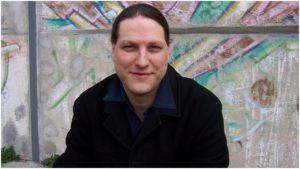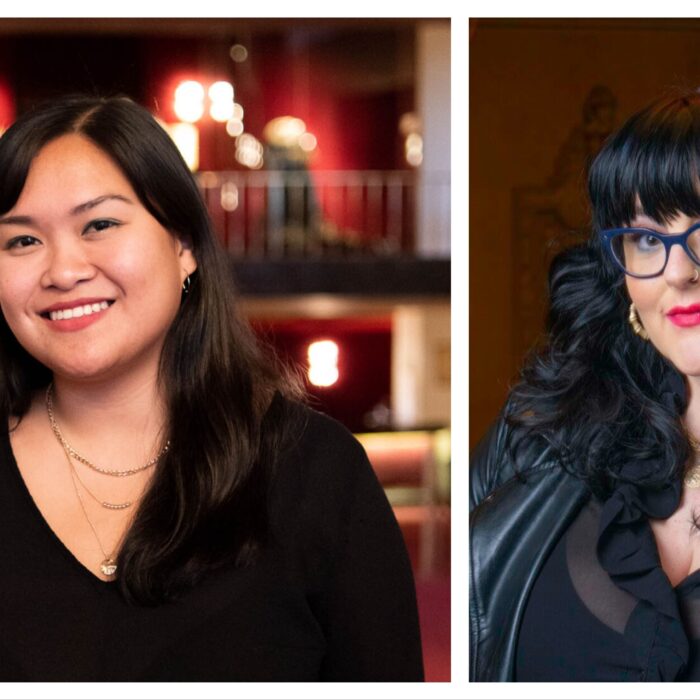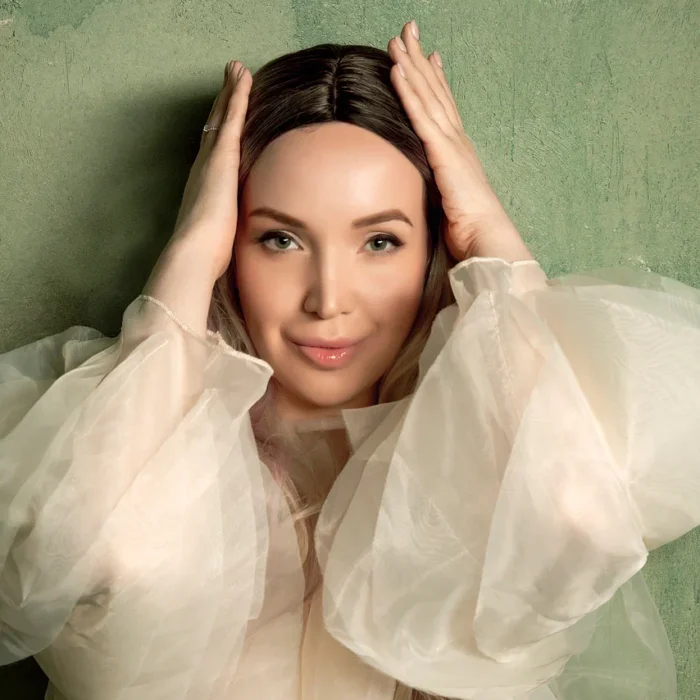
Q & A: Composer Mark Grey On His Vision For ‘Frankenstein’ & Its World Premiere At La Monnaie
By David SalazarMary Shelley’s “Frankenstein” is one of the most iconic novels ever written, its meditation on men’s relationship with technology always appealing to people across generations.
Film adaptations of the legendary work have been a major fixture of 20th century popular culture and in recent years, there have been a number of composers who have tried to put their own touches to an operatic rendition.
Now composer Mark Grey will get a chance to showcase his own vision when his opera “Frankenstein” has its world premiere at La Monnaie on March 8, 2019.
Grey has been commissioned by such organizations as the Los Angeles Philharmonic, Atlanta Symphony Orchestra, New York Philharmonic, National Opera of Belgium La Monnaie | de Munt Opera, Carnegie Hall, CalPerformances, Los Angeles Master Chorale, Kronos Quartet, Berkeley Symphony, Phoenix Symphony, Green Bay Symphony, California Symphony, and Los Angeles Children’s Chorus, among others.
The composer recently talked to OperaWire about the inception of “Frankenstein,” his vision for the piece, and how he hopes audiences will interact with it.
OperaWire: What was your first experience with the Mary Shelley work?
Mark Grey: I sat down and read the novel when I was in high school, probably around the age of 16. As with most of us though, the introduction to “Frankenstein” and Mary Shelley came much earlier in life through the exposure of stereotypes of the creature in cartoons, or use of the word “Frankenstein” adapted into everyday life – but probably most by the imagery of 1931 film with Boris Karloff as the creature. I do remember seeing the 1931 film in the mid 1970’s (probably around age eight) during the Creature Feature television series in the US.
OW: What was the development process of the opera like? Was it your idea to create this opera?
MG: Actually, I was approached by La Monnaie as they had been in discussions already with Alex Olle (from La Fura dels Baus), our stage director. Alex had been wanting to stage this work for well over a decade, but it is very tricky to set novels for the opera stage. La Monnaie (and Alex) felt the music should be written by a native English speaking composer, as there is a great deal of subtlety and nuance in Shelley’s language, as well as numerous historic and literary references, say Ovid’s Metamorphoses, Milton’s Paradise Lost, Coleridge’s The Rime of the Ancient Mariner, and the list goes on.
OW: The libretto was written by Julia Canosa. At what point did she join the process?
MG: Julia joined our team as the production was firming up.
OW: And what was the process of working with her?
MG: It’s been a wonderful experience working with Julia. Both her and myself are the types of people who put 1000 precent into our projects and dig as far deep as we can when researching. In this unified front, and both not wanting to set the novel verbatim, we were able to re-conceptualize the Frankenstein story and set it in the future. Using flashbacks and memories, similar to that in novel however set in a different context, we migrate between fluidly between the present and past.
OW: How is the opera different from the book narratively and thematically? Was there an attempt to incorporate the book’s epistolary novel style into the opera’s framework?
MG: Yes, we use the creature’s memories (after being reanimated) similar to Walton’s letter’s to his sister in the novel. The memories are the vehicle to navigate through Shelley’s scenes, again however not verbatim, but massaged for our operatic setting.
OW: When you started composing the opera, what themes did you seek to explore in the music and how did you go about it? What is the musical style of the opera?
MG: I actually ended up treating the music as kind of a “Frankenstein” of itself – as Victor assembled his creature out of various parts. I sketched several contrasting and short musical block scenarios, then played with them like a Rubik’s Cube – finding combinations which worked around Julia’s text. As I would develop the more complete idea, Julia and I would revisit the libretto and adjust text to really condense the most fruitful elements.
OW: What is the instrumentation and how does the orchestra work in this opera?
MG: I chose the instrumentation for the orchestra to offer maximum flexibility when changing musical gears between scenes, exploring orchestral colors and emotions. As well, we have introduced electronics here – surround soundscapes to create moody moments as well as highlight say the “electrocution” of the creature, or the “white out” at the beginning of the opera. In the pit there is a sampler player performing alongside what the orchestra is playing, extended the timbral pallet.
OW: How did you choose to portray the major characters musically and how do they differ from one another?
As the libretto was being developed, both Julia and myself instilled / highlighted the strengths and flaws of each character, honoring Shelley’s original setting, but also expanding on it. For example, in Shelley’s novel Elizabeth is fairly neutral in her exposure, however here we gave her much more of a voice, acting really as the “earth mother” in our setting – the most rational one of them all – Victor’s reality check. In this fashion, we expanded and ran even further by coloring each character inside music, new poetics, lights, set, stagecraft, etc. Avoiding the use of strict/traditional operatic leitmotifs, say via a melodic instrument, I ended up setting “leitmotif-like” rhythmic and harmonic cells as the characters return to stage – where you ultimately feel an implied return and not a blatant reference to them.
OW: What do you hope audiences take away from their experience of “Frankenstein?”
MG: Ultimately, this work is a warning of what lies ahead in humanity’s future – as in the novel. We live in a world now of bots / AI / unmanned drones / robotics / big data / crypto currencies, etc, and as the intangible code of now becomes the physical reality of the future, we must proceed with great caution and respect the great unknown.
OW: Switching gears a bit, what other operas are you working on or preparing?
MG: I am writing another opera (chamber) with Julia now titled “Birds in the Moon.” It’s a traveling chamber opera staged in a mobile state of the art, self-contained, shipping container – a theatrical magic moving box. The music is scored for two voices, string quartet, and soundscapes. The April 2020 premiere production of this 70-minute work will be premiered in California.
The work is loosely based on the eccentric theory by 17th Century scientist Charles Morton, who hypothesized that birds migrate to the moon. According to Morton, birds migrated every year to the moon. Some came back, the rest were lost in space. It would take the birds a journey of 60 days at 125 mph, to arrive to the moon. Charles Morton’s eccentricity serves the libretto with its main theme, the journey of the migrant – using the bird as a metaphor for a person.
One of the most unique technical aspects of this chamber opera is the set itself and its mobility. Lights, sound, video and props are all powered by contemporary solar energy battery cells concealed in the bottom of the shipping container, acting as the floor of the set. Meyer Sound Laboratories Inc. will collaborate on developing a bespoke sound system for installation in the traveling stage. This gives our production the freedom to stage the work anywhere a container can be parked, without external power supply. As the sides of the container open, exposing the action, we place the string quartet on ground level, just in front, rolling out stairs either side of the musicians to create an intimate orchestra pit – and giving the characters freedom to roam from the elevated stage, down to ground level around the quartet, or even up to the container’s roof – where our mythical bird can fly free.
With this ultimate flexibility, we can stage the work in remote locations but also theatrical spaces, inside or outside, deserts, mountains, cities, towns, villages, parking lots, quarries, college campus, malls, U.S. / Mexico border areas, beaches, State Parks and near Capitals. Essentially, bringing the theatre to the people.


